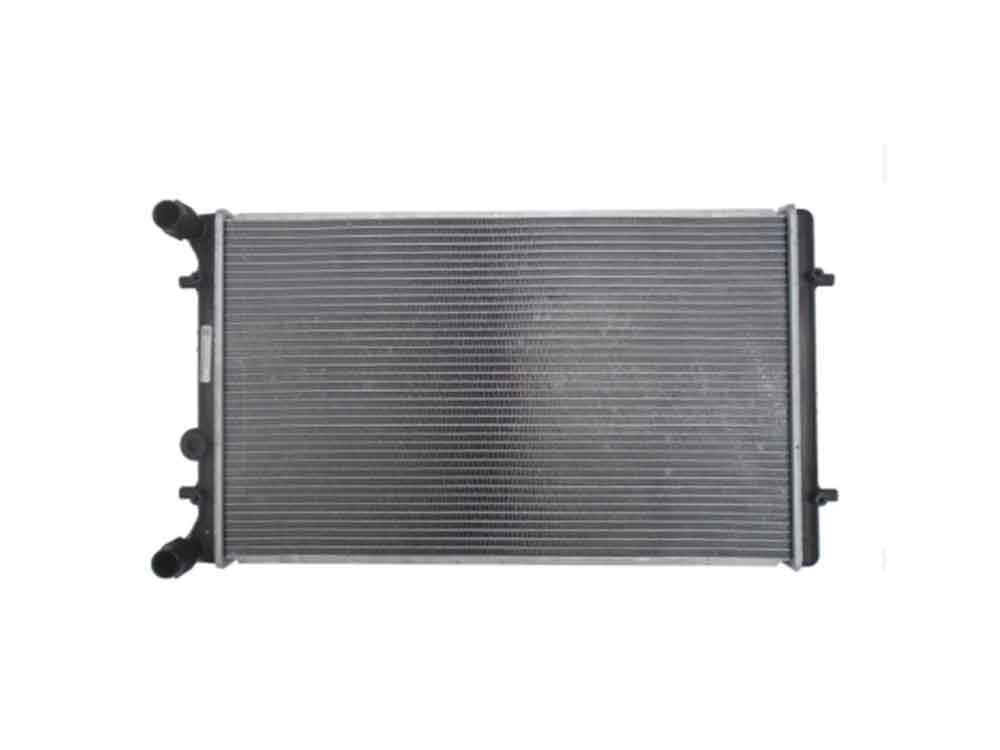
The car radiator is the core component of the engine cooling system. It is mainly used to dissipate the heat generated by the engine, prevent the engine from being damaged due to high temperature, and ensure that it operates at the optimal working temperature.
1.Heat dissipation: Through the circulation of coolant, the heat generated by engine combustion is transferred to the radiator, and then dissipated through air convection.
2.Temperature regulation: Prevent the engine from overheating (which may cause detonation or cylinder scuffing) or overcooling (which reduces combustion efficiency).
3.systems: The radiators of some vehicle models are also integrated with transmission oil coolers or turbocharged intercoolers.

A car radiator is composed of radiator upper tank, radiator lower tank, radiator core, radiator cap, and drain valve.
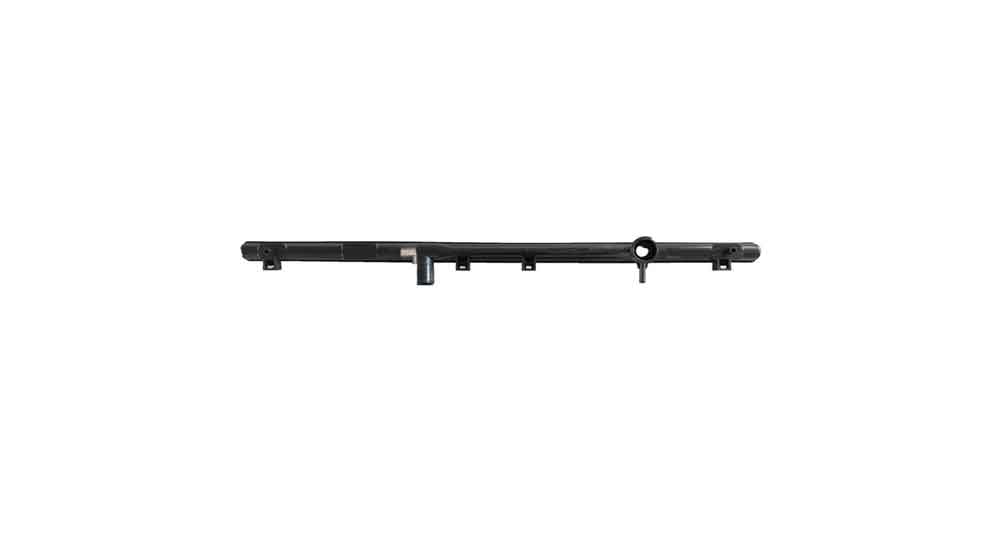
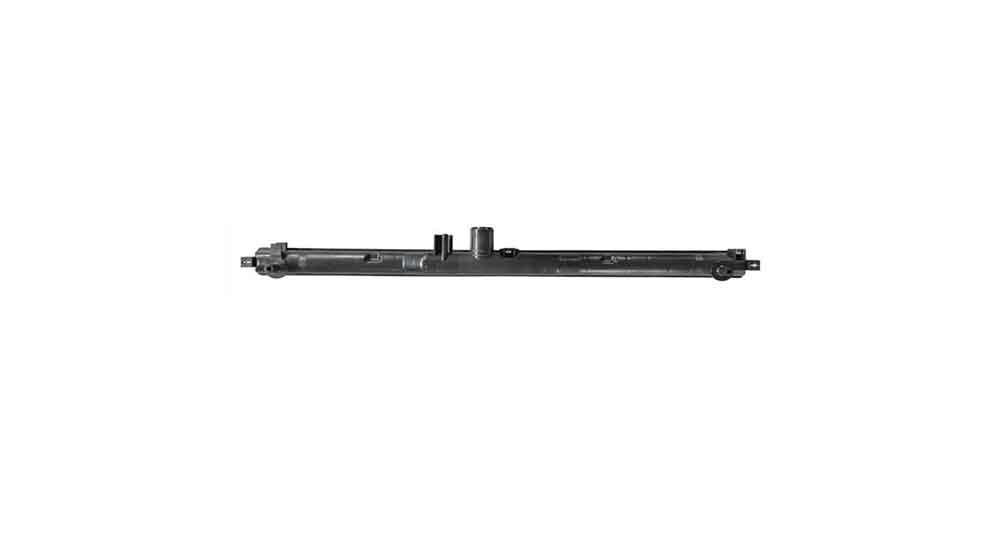
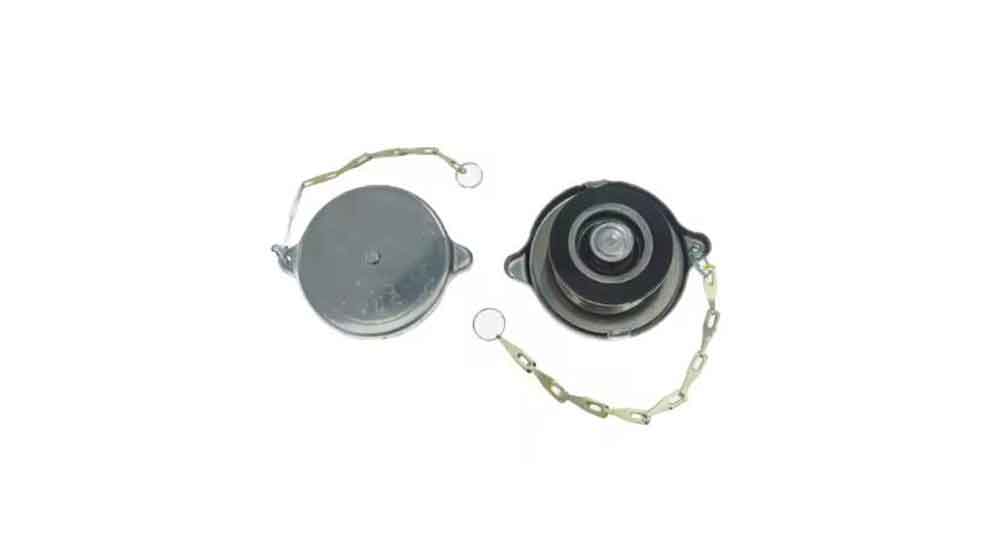

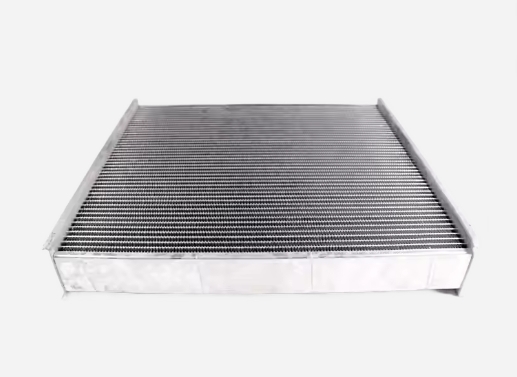
Car radiator type has tube-and-fin-type,tube-and-belt type and plate type.
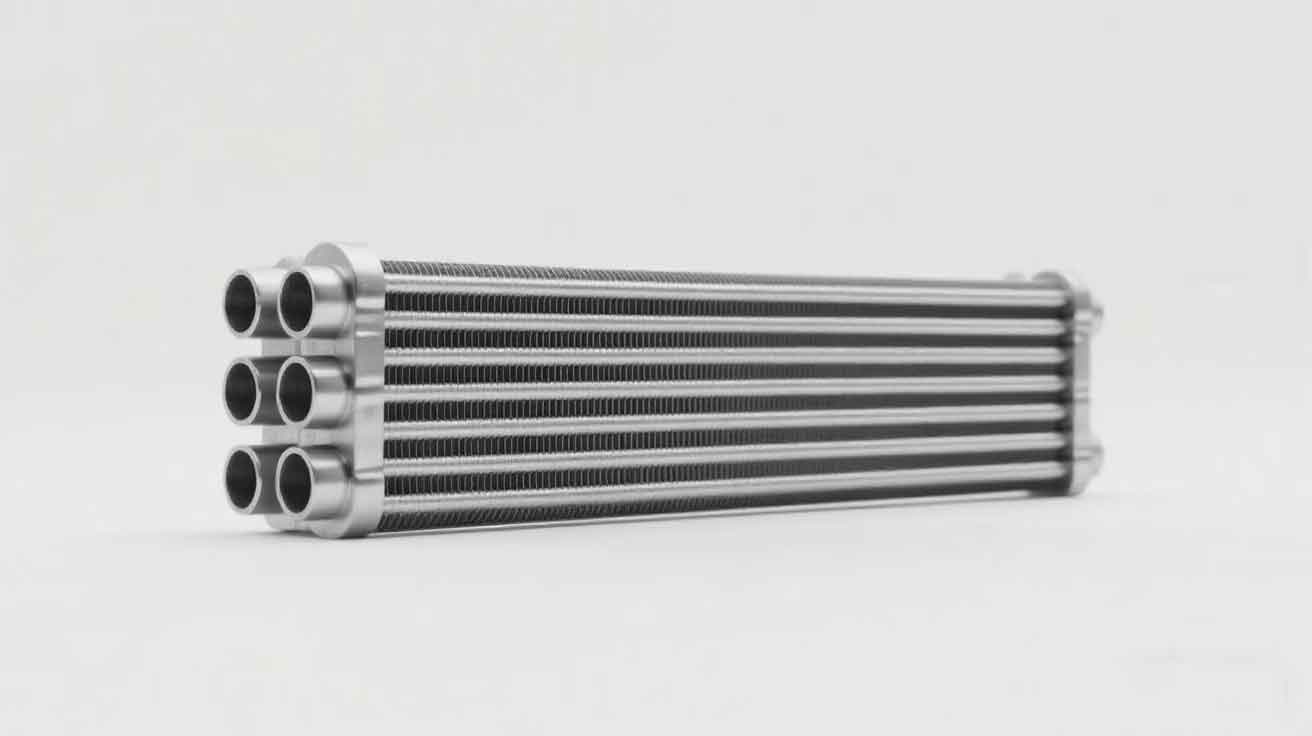
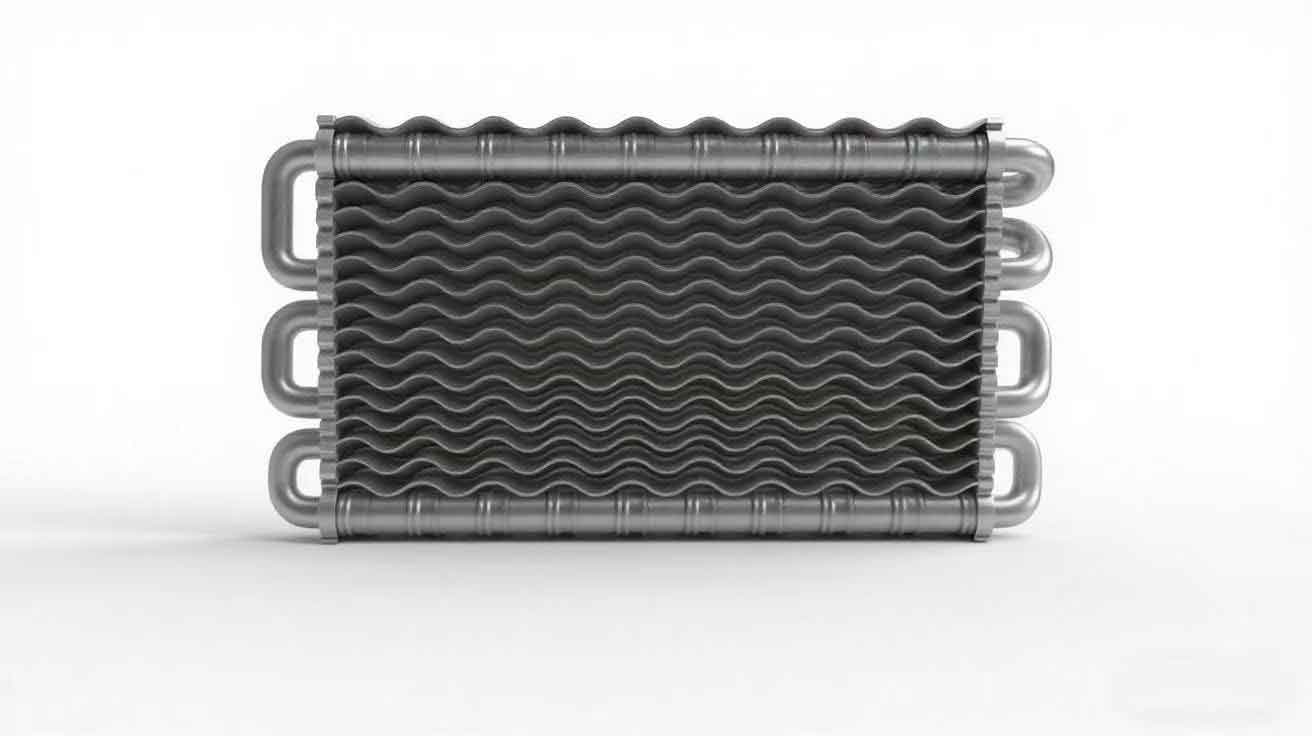
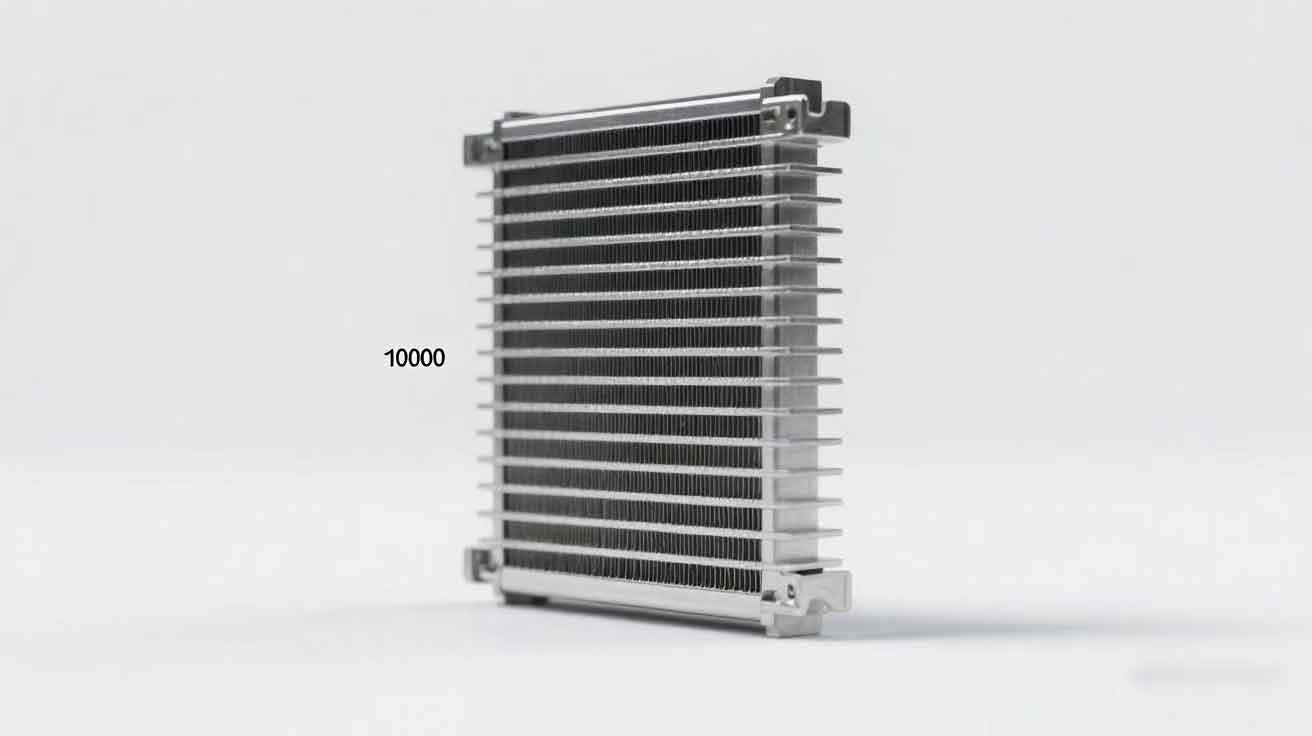
Car radiator cap is made of stainless steel,rubber,iron and so on.
Car radiator include cooper car radiator,alunimum car radiator,plastic and aluminum car radiator.
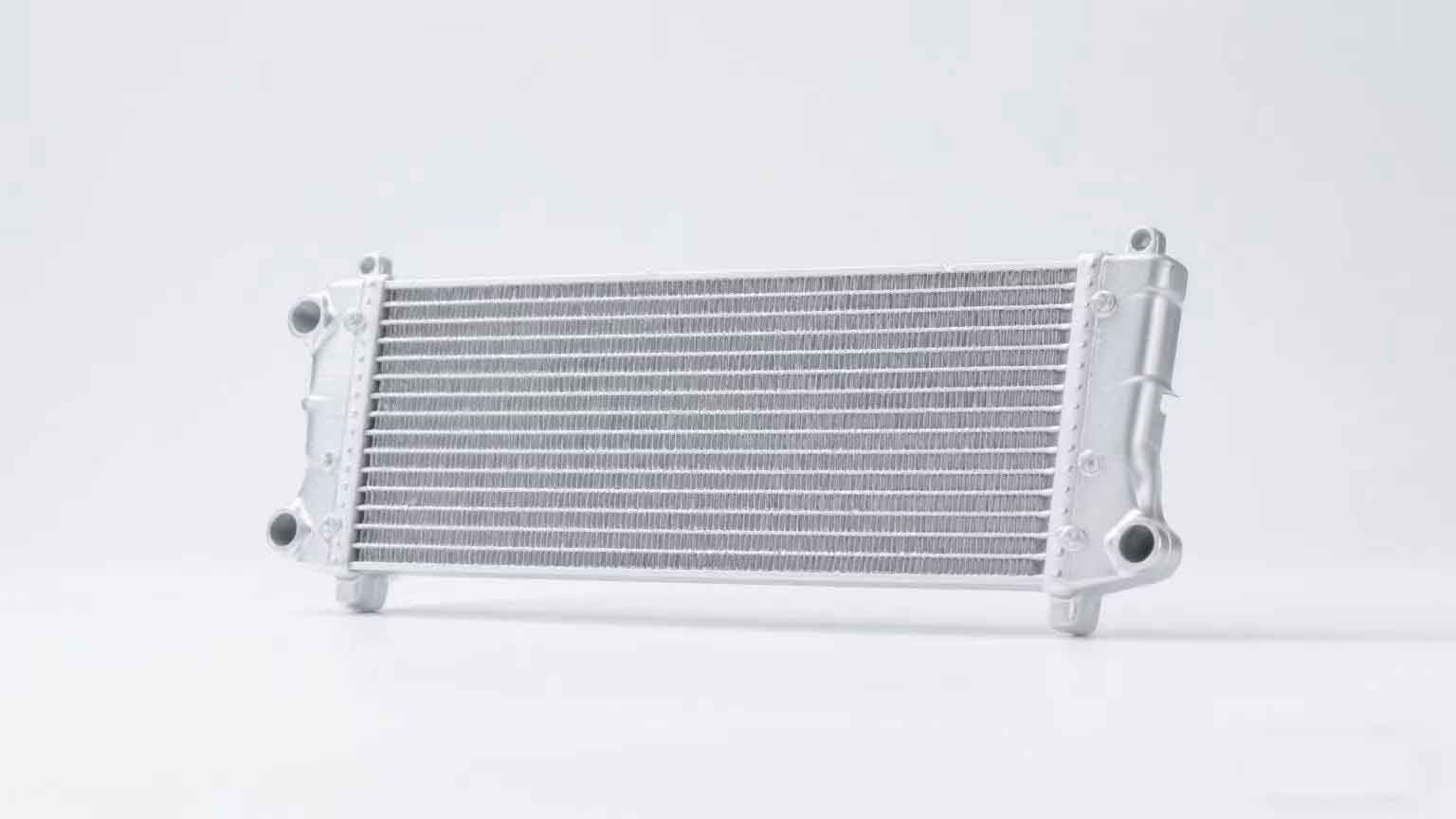
Aluminum car radiator is made of all aluminum.
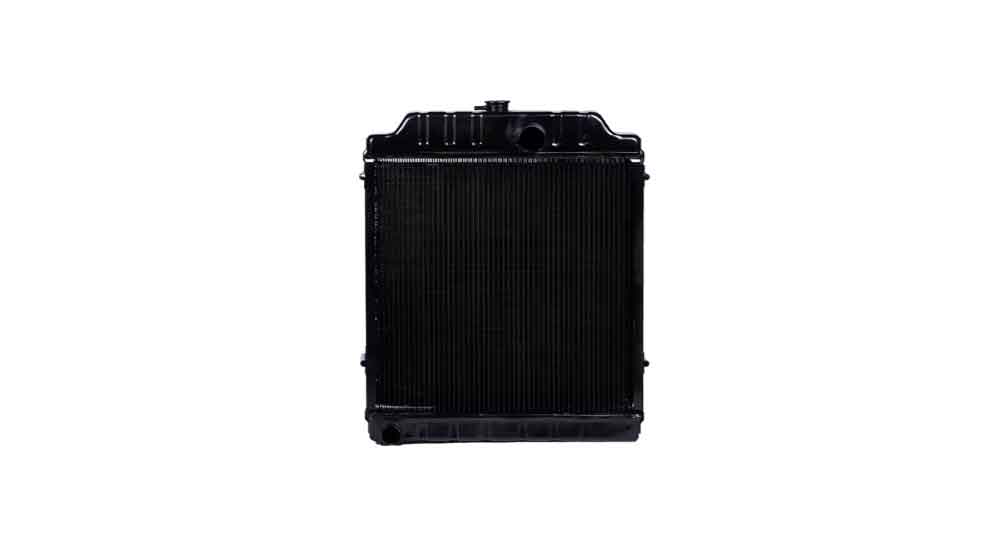
Cooper car radiator is made of cooper.
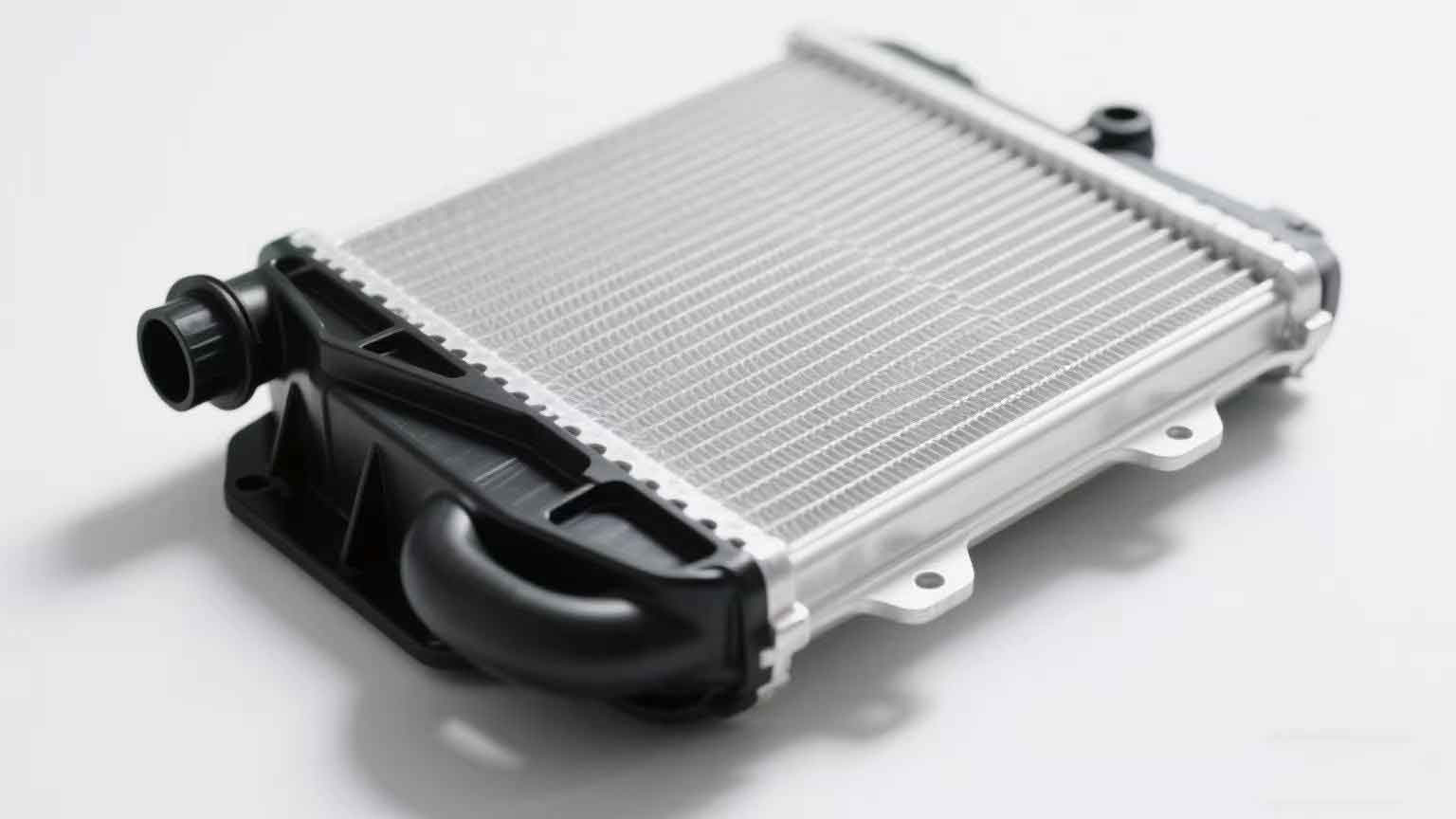
Aluminum and plastic car radiator is made of plastic and aluminum.
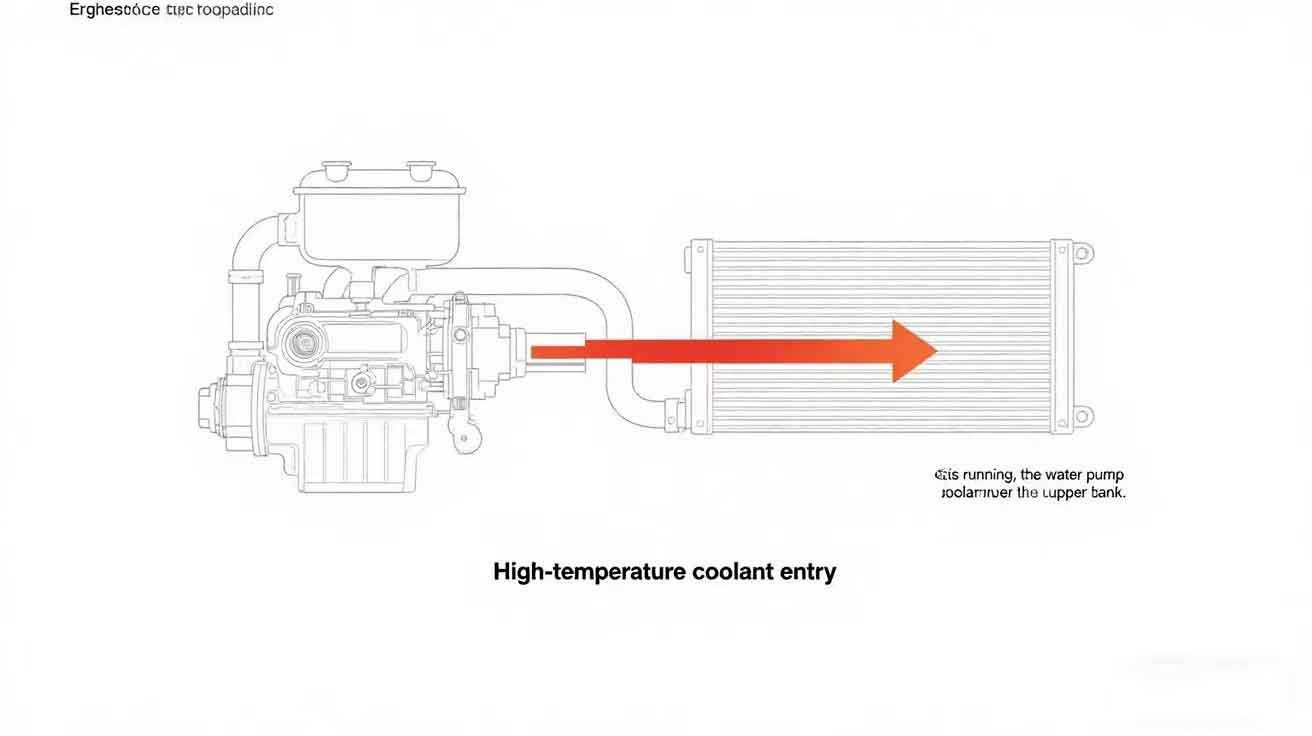
When the engine is running, the water pump drives the coolant to circulate, and the high-temperature coolant enters the radiator through the upper car radiator water tank.
The coolant flows through the radiating tubes, and the radiating fins transfer heat to the air (either natural wind or forced cooling by the fan).
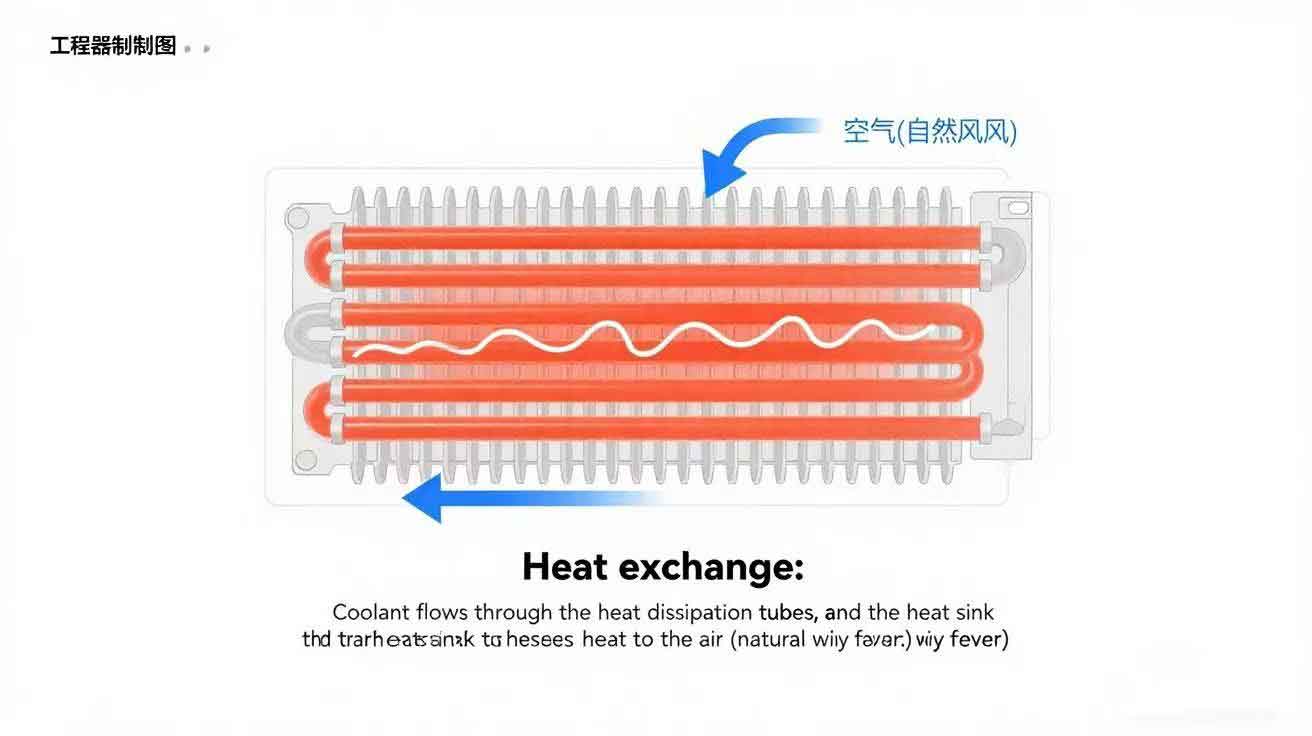
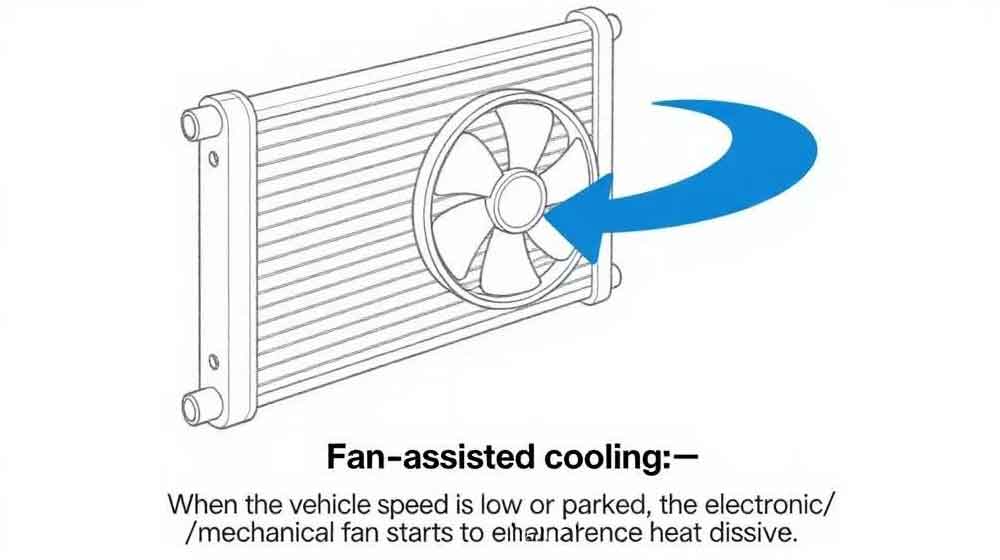
The cooled coolant flows back to the engine from the lower water tank to continue circulating.
When the vehicle speed is low or the vehicle is parked, the electronic/mechanical fan starts to enhance the cooling effect.
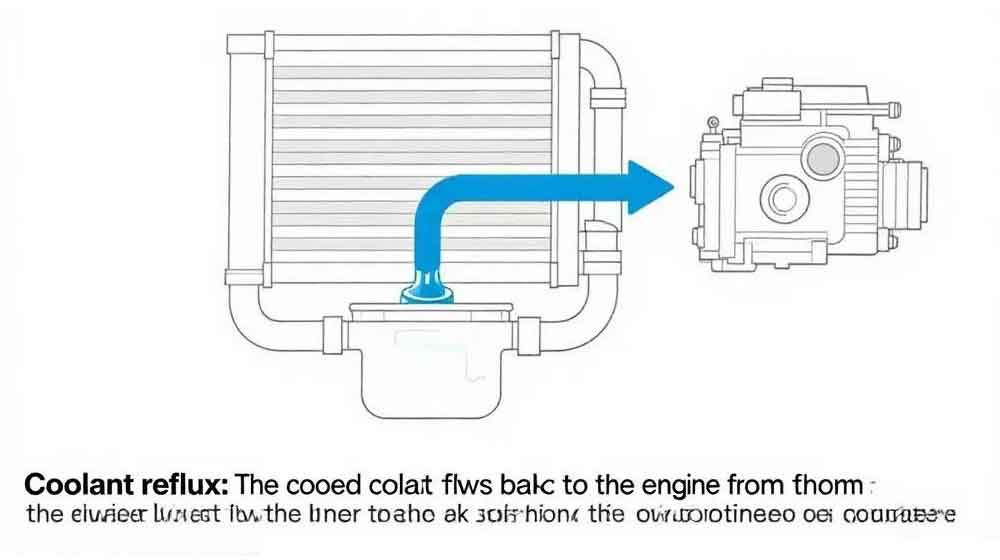
1.Regularly check the coolant: The liquid level should be between MIN and MAX, and the color should be normal (no rust or turbidity).
2.Clean the radiator fins: Clean with compressed air or a soft brush every 20,000 kilometers (avoid direct high-pressure water flushing).
3. Replace the coolant: Replace every 2-5 years or 40,000-80,000 kilometers (requirements vary by vehicle model).
4.Check the fan: When starting the air conditioner or idling at high temperature, observe whether the fan operates normally.
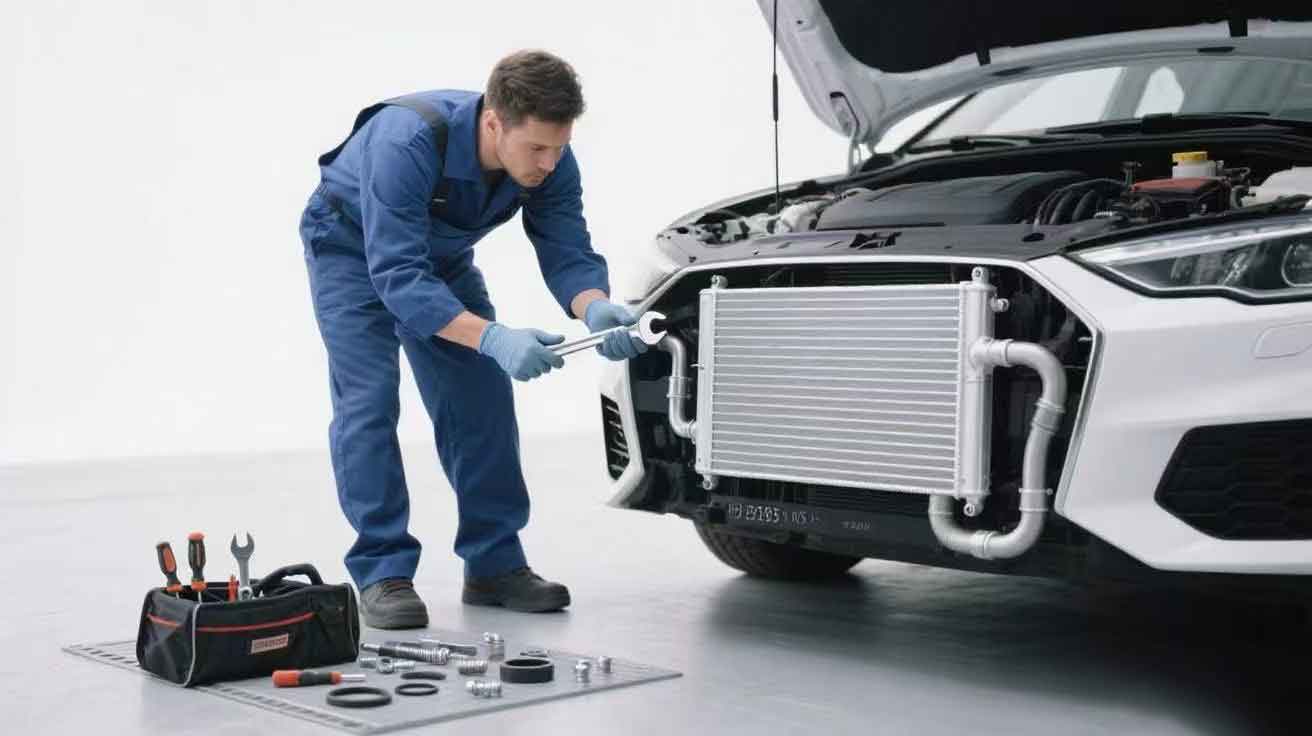
• Lightweight: More adoption of aluminum alloy + plastic water chamber combinations.
• Integration: Integrated design with intercoolers and oil coolers (e.g., turbocharged models).
• Intelligence: Electronic water pumps + variable-speed fans to adjust cooling efficiency on demand.
You can get a price of this model or send us any question to get any information you would like to know, we will reply to you soonest.